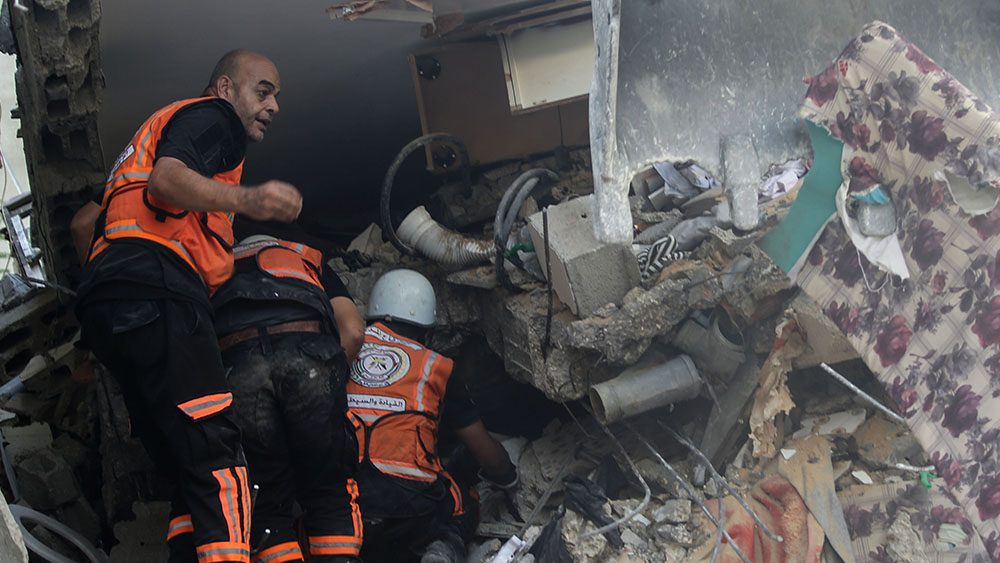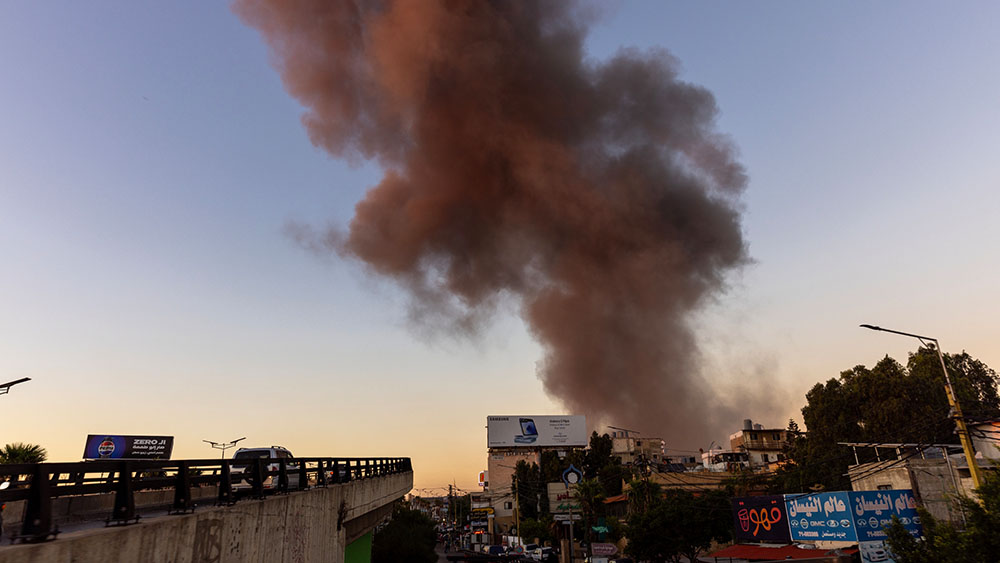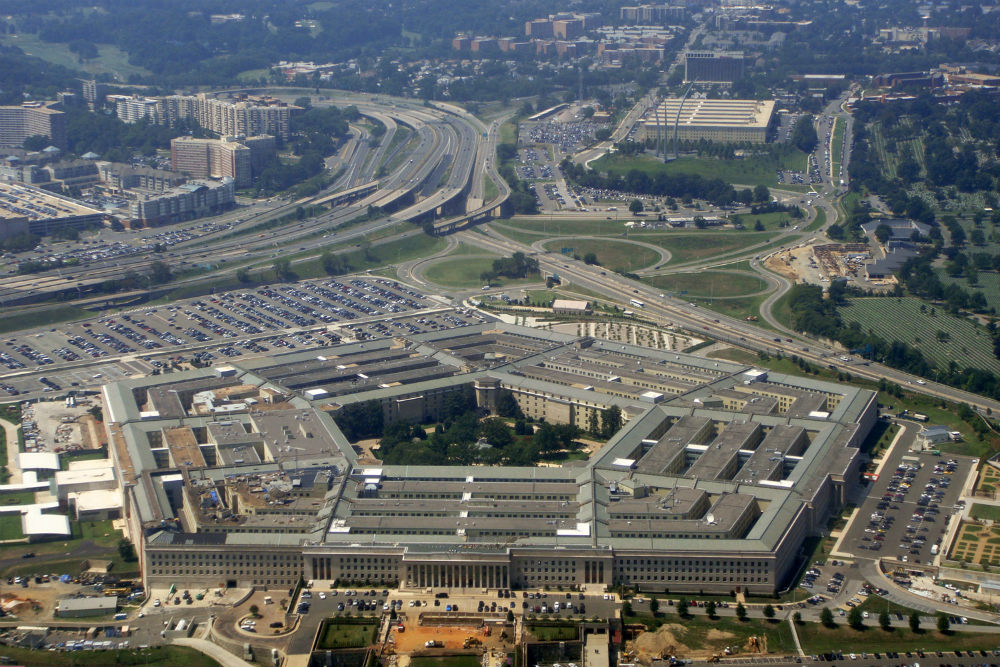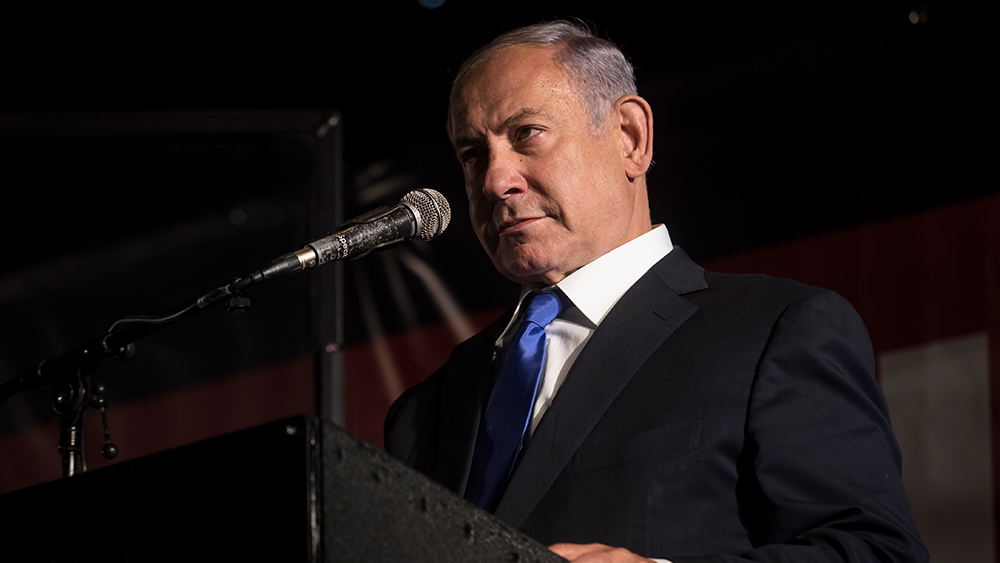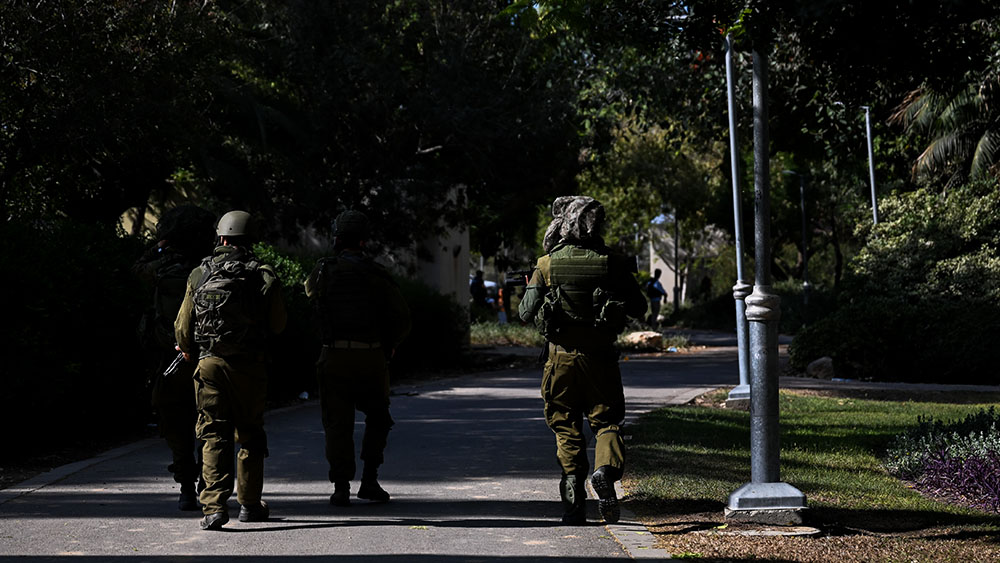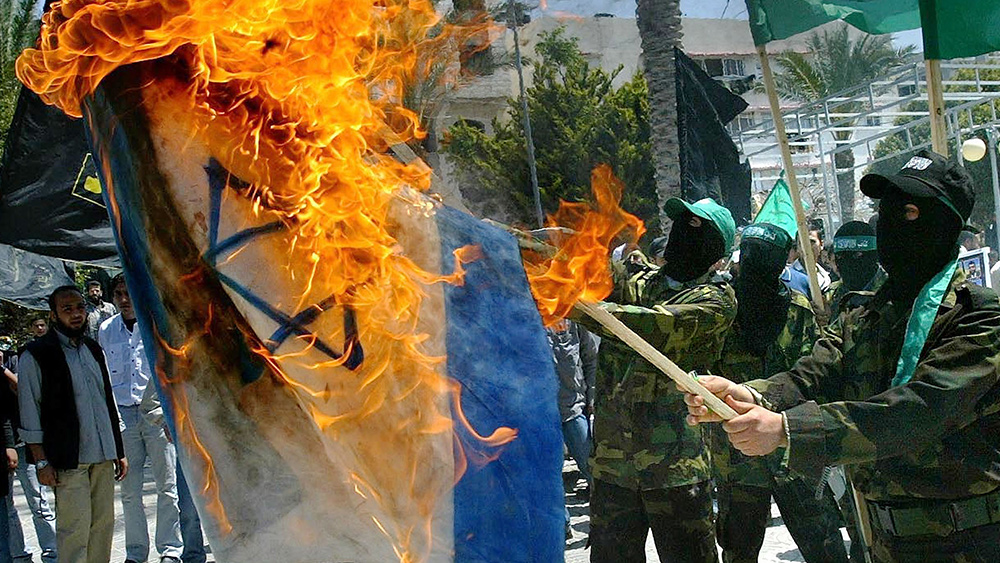U.S. airstrikes in Syria kill 35 ISIS members amid worsening regional instability
11/06/2024 / By Richard Brown
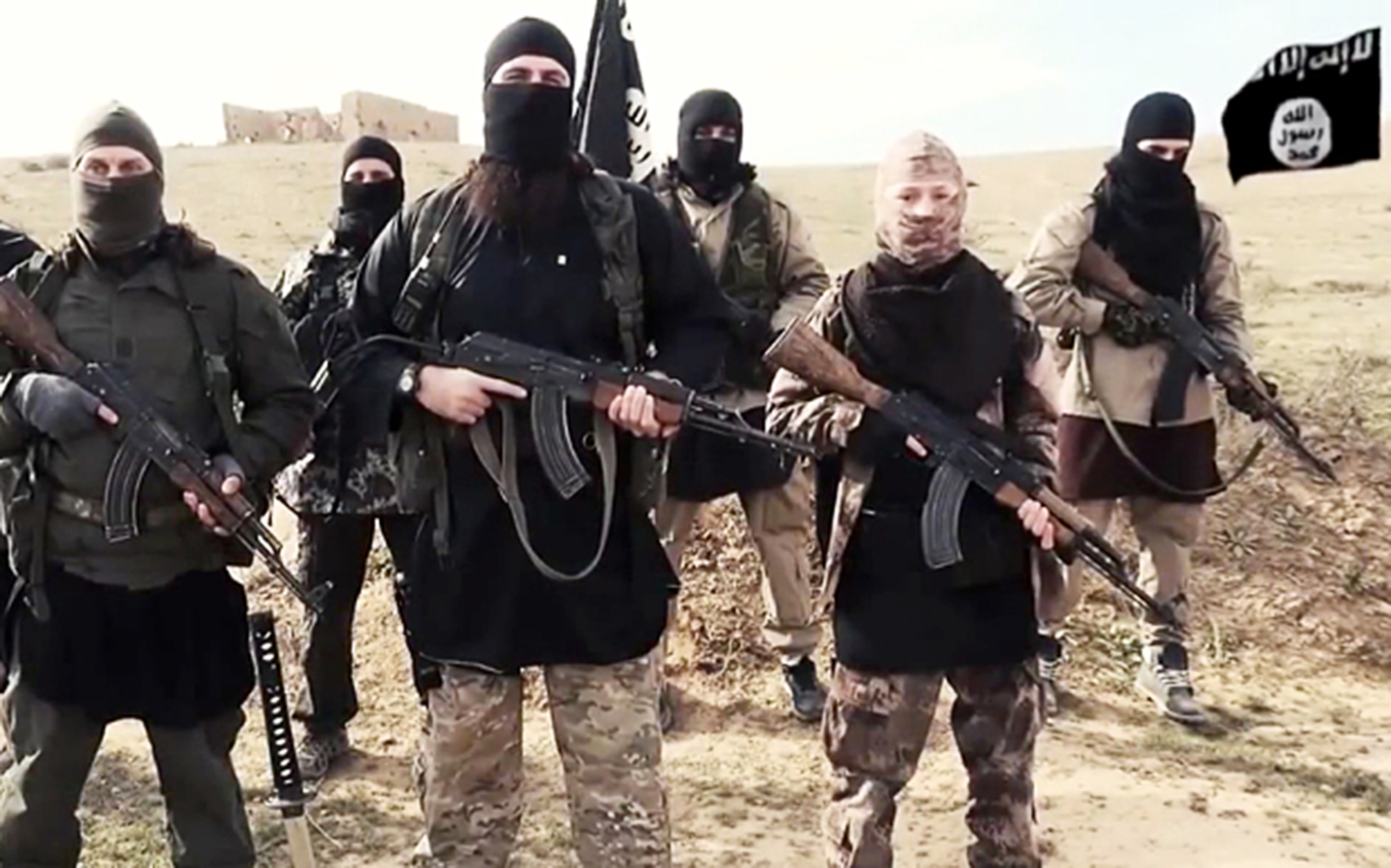
United States Central Command (CENTCOM) announced on Wednesday, Oct. 30, that a series of airstrikes conducted in Syria two days earlier resulted in the deaths of 35 Islamic State members.
The operation specifically targeted multiple ISIS positions in the Syrian desert, focusing on eliminating several senior leaders within the group. CENTCOM reported that there were no indications of civilian casualties resulting from the strikes. (Related: IDF launches rare ground raid in Syria to destroy alleged Iranian underground missile factory.)
ISIS continues to operate in a diminished capacity in the Syrian desert, with experts noting that the terrorist organization that once controlled thousands of miles of territory still maintains training camps and other infrastructure in the region.
While CENTCOM did not say from where the strikes were launched, it should be noted that the U.S. maintains approximately 900 troops in eastern Syria to support the Kurdish-led Syrian Democratic Forces and to prevent Turkey from launching another invasion.
These airstrikes followed a series of operations against ISIS in Iraq, where CENTCOM reported that two U.S. service members were injured during a raid targeting ISIS camps in central Iraq.
Number of ISIS-claimed attacks worldwide growing
In both Iraq and Syria, ISIS has lost significant territorial control, but the group continues to pose a threat. The Iraqi government has repeatedly stated it can manage ISIS remnants independently, yet U.S. forces remain engaged in operations against the group, despite previous agreements to conclude the mission of the U.S.-led anti-ISIS coalition.
This year, ISIS has reportedly claimed responsibility for a higher number of attacks, capitalizing on the instability in the region exacerbated by ongoing conflicts, including Israel’s military actions in Gaza and against Hezbollah and the Syrian government. These developments have created a complex environment that ISIS appears to be exploiting.
The recent CENTCOM strikes are part of a broader campaign to disrupt ISIS’s operational capabilities. CENTCOM emphasized that the airstrikes are aimed at hindering the group’s ability to plan, organize and execute attacks against civilians and U.S. allies in the region and beyond.
Previous operations in Iraq and Syria have similarly targeted ISIS leaders and operational centers. For instance, a recent joint raid by U.S. and Iraqi forces resulted in the deaths of nine jihadists, including a top ISIS leader in Iraq. CENTCOM also reported that an operation in late August killed 14 ISIS fighters, among them several high-ranking leaders.
The U.S. military continues to carry out periodic strikes against ISIS and other jihadist groups in both Iraq and Syria, targeting militants that still pose threats despite ISIS’s loss of territory. The international anti-ISIS coalition, established in 2014, includes around 2,500 U.S. troops in Iraq alongside the approximately 900 stationed in Syria.
While the airstrikes may disrupt ISIS operations temporarily, the ongoing presence of U.S. forces remains contentious, both in Syria and Iraq.
The complexity of the geopolitical landscape and the interplay of various militant groups make the situation increasingly challenging for U.S. military strategy in the region.
In conclusion, the latest airstrikes in Syria highlight the U.S. commitment to combating ISIS, but they also reflect the broader instability in the region. As the U.S. continues its operations, the question remains whether these actions will effectively reduce the threat posed by ISIS and contribute to long-term stability in Syria and Iraq.
Watch this video showing the damage done by recent Turkish air and drone strikes against civilian Kurdish targets in Iraq and Syria.
This video is from the Cynthia’s Pursuit of Truth channel on Brighteon.com.
More related stories:
Israeli airstrike hits key border crossing between Lebanon and Syria
Four ISIS inmates killed in Russian penal colony uprising.
Sources include:
Submit a correction >>
Tagged Under:
airstrikes, big government, CENTCOM, Dangerous, insanity, Iraq, ISIS, Islamic State, Islamic terrorism, jihad, Middle East, national security, Syria, terrorism, US, violence
This article may contain statements that reflect the opinion of the author
RECENT NEWS & ARTICLES
COPYRIGHT © 2017 NATIONAL SECURITY NEWS




